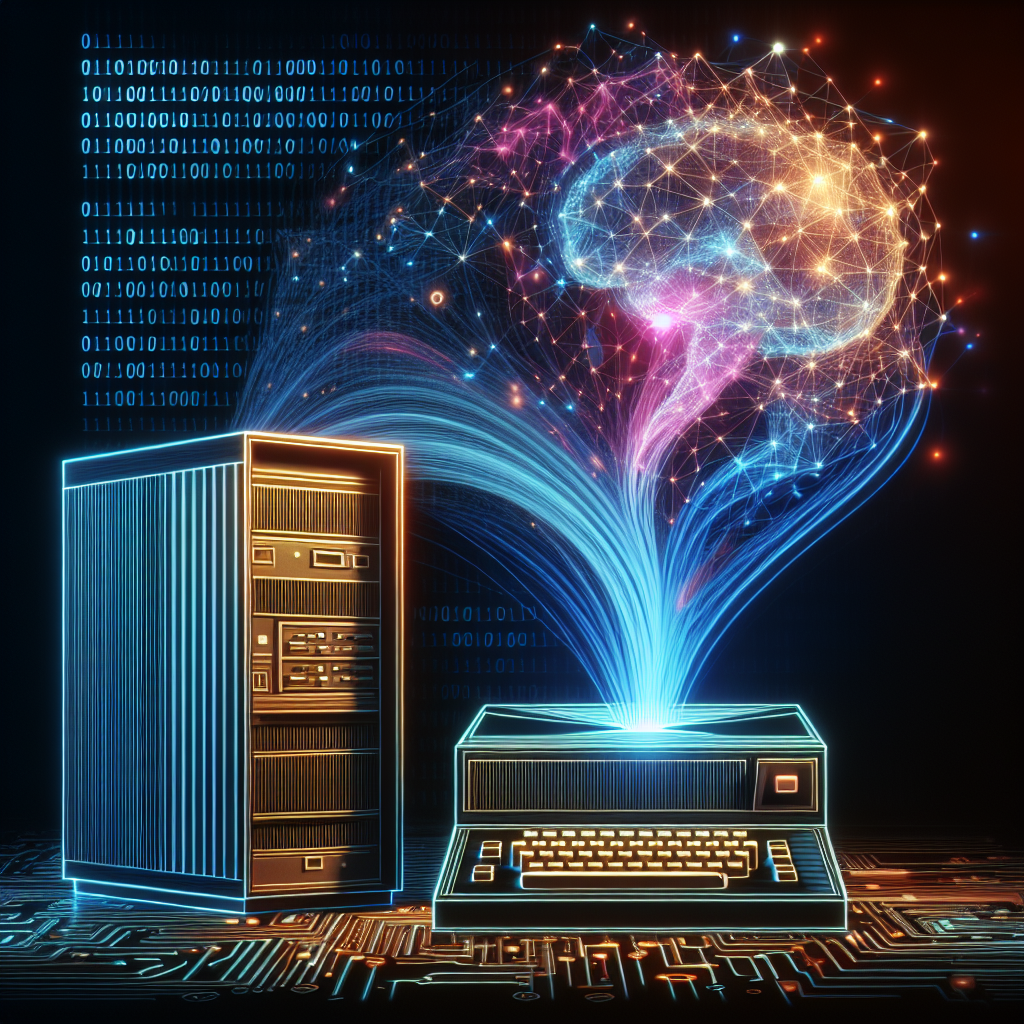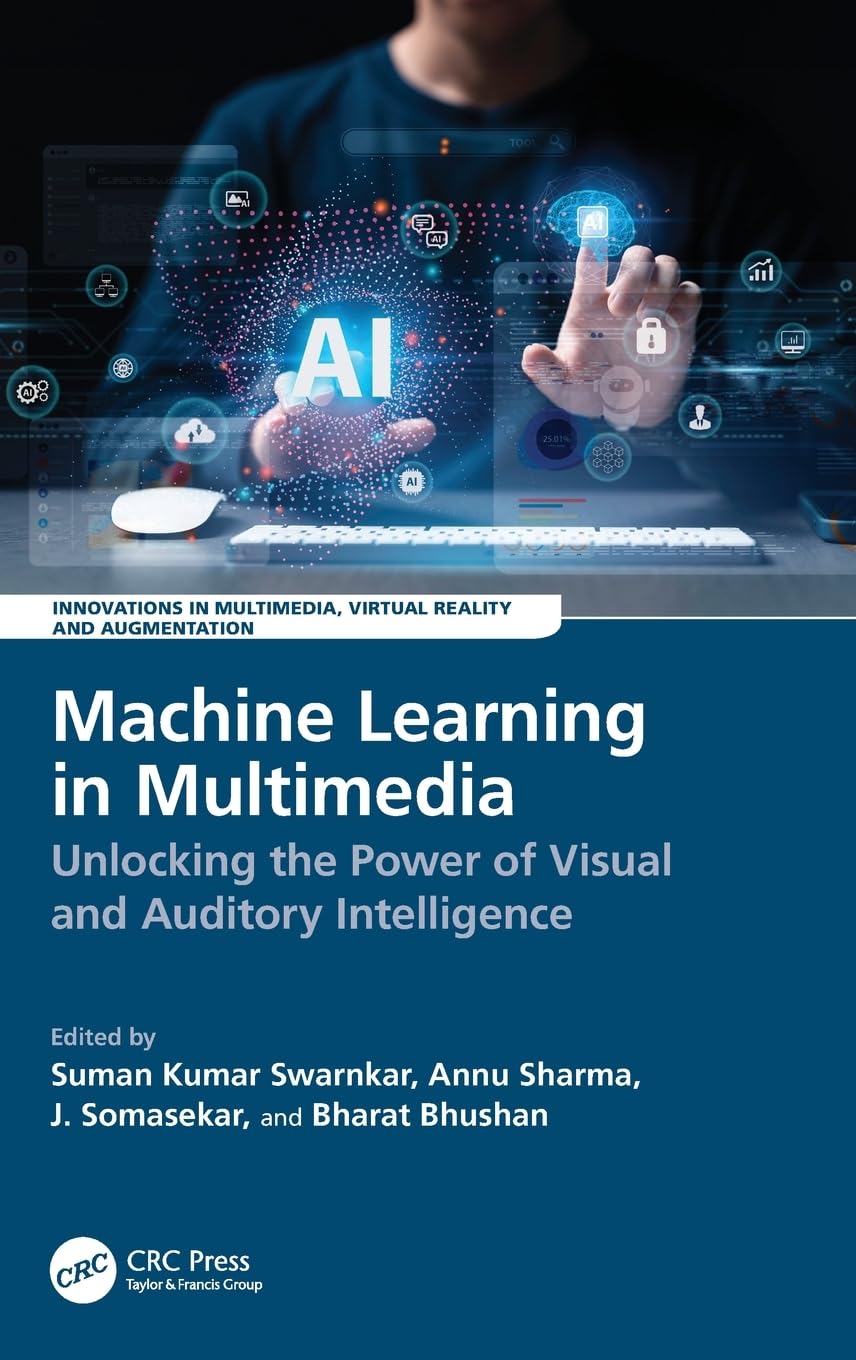Your cart is currently empty!
Tag: Augmentation

Harnessing the Power of GANs for Text Data Augmentation in Natural Language Processing
Generative Adversarial Networks (GANs) have gained significant attention in the field of artificial intelligence for their ability to generate realistic data samples. While GANs are commonly used in image generation tasks, their potential for text data augmentation in Natural Language Processing (NLP) has also been recognized.Text data augmentation is a crucial step in NLP tasks such as sentiment analysis, machine translation, and text classification. By creating additional training data through augmentation, models can be trained more effectively and improve performance on various NLP tasks. GANs offer a promising approach for text data augmentation by generating new, realistic text samples that can be used to expand the training dataset.
One of the key advantages of using GANs for text data augmentation is their ability to capture the complex patterns and structures present in natural language. GANs consist of two neural networks – a generator and a discriminator – that are trained simultaneously in a competitive manner. The generator learns to generate new text samples that are indistinguishable from the real data, while the discriminator learns to distinguish between real and generated samples. This iterative process leads to the generation of high-quality text samples that can be used for augmentation.
Several techniques have been proposed to harness the power of GANs for text data augmentation in NLP tasks. One common approach is to train a GAN on a large corpus of text data and use the generated samples to augment the training dataset. By incorporating these synthetic samples into the training data, models can learn more diverse representations of the underlying text data and improve performance on downstream tasks.
Another approach is to use GANs for data augmentation in a semi-supervised learning setting. In this setting, a GAN is trained on both labeled and unlabeled text data, and the generated samples are used to augment the labeled dataset. This allows models to leverage the unlabeled data to learn more robust representations of the text data and improve performance on tasks with limited labeled data.
Despite the potential benefits of using GANs for text data augmentation, there are also challenges and limitations to consider. Generating high-quality text samples that are coherent and contextually relevant can be challenging, especially for complex language structures and semantics. Additionally, GANs are prone to mode collapse, where the generator produces limited diversity in the generated samples.
In conclusion, harnessing the power of GANs for text data augmentation in NLP holds great promise for improving model performance on various tasks. By generating realistic and diverse text samples, GANs can help models learn more robust representations of the underlying data and enhance their generalization capabilities. However, further research is needed to address the challenges and limitations associated with using GANs for text data augmentation and unlock their full potential in NLP applications.
#Harnessing #Power #GANs #Text #Data #Augmentation #Natural #Language #Processing,gan)
to natural language processing (nlp) pdf
Unlocking the Potential of GANs for Text Data Augmentation in NLP
Generative Adversarial Networks (GANs) have revolutionized the field of artificial intelligence by enabling machines to generate realistic data samples. Originally developed for image generation, GANs have now found applications in various domains, including natural language processing (NLP). In NLP, GANs can be used for text data augmentation, a technique that involves generating new data samples to increase the size of a dataset and improve the performance of machine learning models.Text data augmentation is crucial in NLP tasks such as sentiment analysis, text classification, and machine translation, where having a large and diverse dataset is essential for training accurate models. Traditionally, data augmentation techniques in NLP have focused on simple methods like adding noise, swapping words, or paraphrasing sentences. However, these methods may not always generate realistic and diverse data samples, leading to overfitting and poor generalization.
GANs offer a more sophisticated approach to text data augmentation by training a generative model to learn the underlying distribution of the text data and generate new samples that closely resemble the original data. In a GAN framework, two neural networks – a generator and a discriminator – are pitted against each other in a game-theoretic setup. The generator generates fake data samples, while the discriminator distinguishes between real and fake samples. Through iterative training, the generator learns to generate realistic data samples that fool the discriminator.
One of the key advantages of using GANs for text data augmentation is their ability to capture the complex patterns and structures present in natural language. By training on a large corpus of text data, GANs can learn the semantics, syntax, and style of the text and generate new samples that preserve these characteristics. This leads to the creation of diverse and realistic data samples that can improve the robustness and generalization of NLP models.
In recent years, researchers have explored various approaches to adapt GANs for text data augmentation in NLP tasks. Some studies have focused on modifying the architecture of GANs to better handle sequential data, such as recurrent GANs or convolutional GANs. Others have proposed novel objective functions or training strategies to improve the quality of generated text samples. Additionally, techniques like reinforcement learning and adversarial training have been used to enhance the diversity and realism of generated text.
Despite the promising results, there are still challenges and limitations in leveraging GANs for text data augmentation in NLP. Generating coherent and contextually relevant text remains a significant challenge, especially for tasks that require long-form text generation. Additionally, controlling the diversity and style of generated text samples to match the target domain or task can be difficult. Furthermore, training GANs for text data augmentation requires a large amount of text data and computational resources, making it inaccessible for small-scale projects.
In conclusion, GANs have the potential to unlock new possibilities for text data augmentation in NLP and improve the performance of machine learning models. By generating realistic and diverse data samples, GANs can help address the data scarcity and generalization issues in NLP tasks. As research in this area continues to advance, we can expect to see more sophisticated and effective applications of GANs for text data augmentation in NLP.
#Unlocking #Potential #GANs #Text #Data #Augmentation #NLP,gan)
to natural language processing (nlp) pdf
Machine Learning in Multimedia (Innovations in Multimedia, Virtual Reality and Augmentation)
Price:$99.99– $74.99
(as of Dec 04,2024 13:13:12 UTC – Details)
Publisher : CRC Press; 1st edition (December 10, 2024)
Language : English
Hardcover : 170 pages
ISBN-10 : 1032761482
ISBN-13 : 978-1032761480
Item Weight : 14.7 ounces
Dimensions : 6.14 x 0.58 x 9.21 inches
Machine Learning in Multimedia: Innovations in Multimedia, Virtual Reality and AugmentationMachine learning has revolutionized the field of multimedia, bringing about exciting innovations in virtual reality and augmentation technologies. From enhancing user experiences to personalizing content, machine learning is driving the future of multimedia in ways we never imagined before.
In the realm of virtual reality, machine learning algorithms are being used to create more immersive and realistic environments. By analyzing user behavior and preferences, these algorithms can adapt virtual worlds in real-time, providing a truly personalized experience for each individual user. This level of customization is transforming the way we interact with virtual reality, making it more engaging and interactive than ever before.
Augmented reality is another area where machine learning is making a significant impact. By using computer vision and deep learning techniques, augmented reality applications can overlay digital information onto the physical world in a seamless and intuitive manner. This technology is being harnessed in various industries, from education and healthcare to retail and entertainment, enhancing the way we interact with our surroundings and adding a new layer of information to our daily lives.
Furthermore, machine learning is also being used to improve multimedia content creation and delivery. By analyzing large datasets of images, videos, and audio files, algorithms can automatically generate and enhance multimedia content, saving time and effort for content creators. Additionally, machine learning can help optimize content delivery by predicting user preferences and behavior, ensuring that users receive the most relevant and engaging content.
Overall, the integration of machine learning in multimedia is opening up new possibilities for innovation and creativity. As the technology continues to advance, we can expect to see even more exciting developments in virtual reality, augmented reality, and multimedia content creation. The future of multimedia is bright, thanks to the power of machine learning.
#Machine #Learning #Multimedia #Innovations #Multimedia #Virtual #Reality #Augmentation
